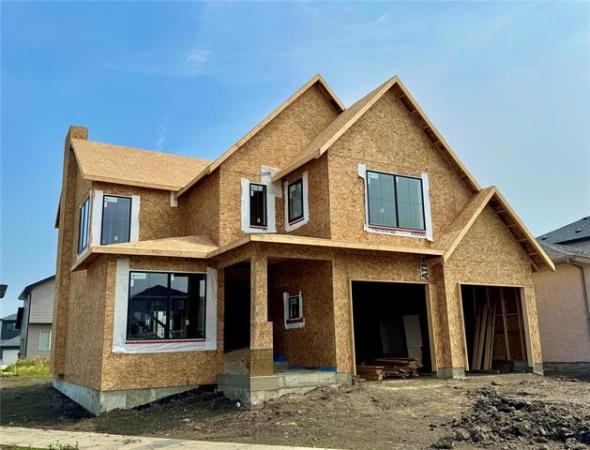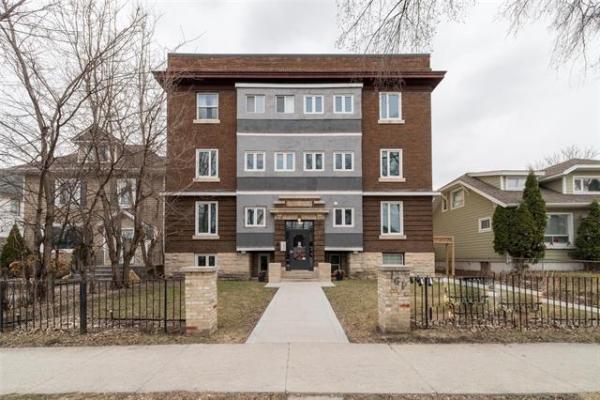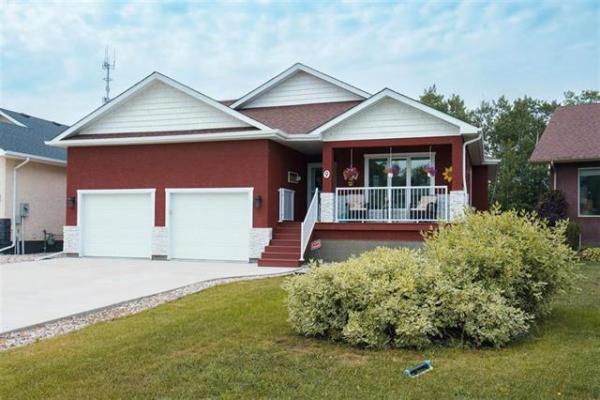QUESTION: I wonder if you might offer some suggestions for a couple of problems we have had since the installation of an attic air conditioning system?
Six years ago we decided to rid ourselves of our one large in-the-wall A/C unit and put in a system that would cool the upstairs with the bonus of a couple of outlets on the main floor. The drawback was that each fall the system required insulation to stop the leakage of warm air up into the ducting, which was causing the first problem. We have excessive condensation and deterioration of the ceiling around each exhaust vent.
Over the years we have developed more and more elaborate stopgaps and paraphernalia to insulate the ducts in the upstairs. These include collar extensions to the original duct work coming down from the attic to stop seepage onto the ceiling plaster, additional foam insulation on the ductwork in the attic, and new vents that close more tightly. We also experimented by replacing one section of ducting with a pre-insulated duct that came right through the ceiling leaving no place for water to leach out onto the plaster and caulking.
Each year we stuff the ducts with a plastic bag filled with foam, which creates a tight seal on the inside walls of the duct. The problem with this is that the new vent covers now have a long central screw for opening and closing the louvers on the vent covers, which requires that the foam block be pushed up higher into the duct leaving a larger air-space. Each year we have had major condensation and the ceilings around the vents have been damaged and repaired over and over.
The second major problem is the smell. Each spring we have the system thoroughly cleaned. I go up in the attic with the serviceman to ensure that all the nooks and crannies, coils and fan blades are thoroughly sprayed down, brushed and cleaned, but as the summer progresses the pungent sour smell starts to increase.
We have had the pan in the attic tipped to ensure optimum drainage, but this doesn't seem to help. My husband buys quantities of Lysol, etc, which he sprays directly into the ducts. The rooms are closed up for a few hours after spraying and the smell is gone for a period of time but is soon back. I think this method just increases the contaminants that we are breathing in.
We have tried to work this through with our original installer, but it seems he no longer has any ideas, apart from running the system for the entire winter to solve the condensation problem. Debbie
ANSWER: I want to commend you on the very detailed question and well-described issue in your home. Unfortunately, that is the only thing I will be commending you or your "installer" on for the remainder of my response. Some ideas are simply bad and there is no way to make them right.
I have seen only a few systems such as yours for central air conditioning installation in older homes that may be difficult due to hot water or steam heat. I am assuming that this is the reason for the attic installation of this unit. Most of the systems I have seen have some issues with condensation, but some have major problems like yours. The problem with this type of installation is that it does not work well, for several different reasons, in our area.
The first problem with this type of system is due to our climate, which includes very hot summers and brutally cold winters. It may be next-to-impossible to properly seal any ducting that is going through the upper floor ceilings and walls in your home to prevent air leakage and condensation in the attic. When this condensation and frost melts, it will not only drip into the living space, but may also leak into the attic, wetting the insulation and plaster ceiling, which may be one cause of the smell.
The second problem is with the air-handling unit and coil installed in your attic. These units are designed to be typically installed in the basement of the home, where there is sufficient room for air movement and a proper drain. Central air conditioners cool partially by dehumidification, so they produce a large amount of condensation on the coil, which drips into a pan below the coil and must be properly drained to avoid leakage. On very hot days, the A/C may run almost continually and, if there is not enough air movement over the coil in the attic, it may frost up or sweat excessively. This or a blocked or poorly drained condensate hose may cause the attic and insulation to become wet and hot at the same time. This is a perfect recipe for mould growth.
Sometimes when experimental or new things are added to a home, the consequences are not properly thought out and major problems like yours, occur. In those situations, the only solution is to stop putting more good money and efforts after bad, and cut your losses. This poorly designed and installed attic cooling system should be dismantled and removed and the attic properly resealed and insulated. There are now higher-quality and more efficient interior wall-mounted units, that incorporate an exterior unit, which can be installed to properly cool the upper floor of your home. I recommend calling an experienced, licensed HVAC contractor for more information.
Ari Marantz is the owner of Trained Eye Home Inspection Ltd. and the President of the Canadian Association of Home & Property Inspectors - Manitoba (www.cahpi.mb.ca). Questions can be e-mailed or sent to: Ask The Inspector, P. O. Box 69021, #110-2025 Corydon Ave., Winnipeg, MB. R3P 2G9. Ari can be reached at (204) 291-5358 or check out his website at www.trainedeye.ca.
trainedeye@iname.com



